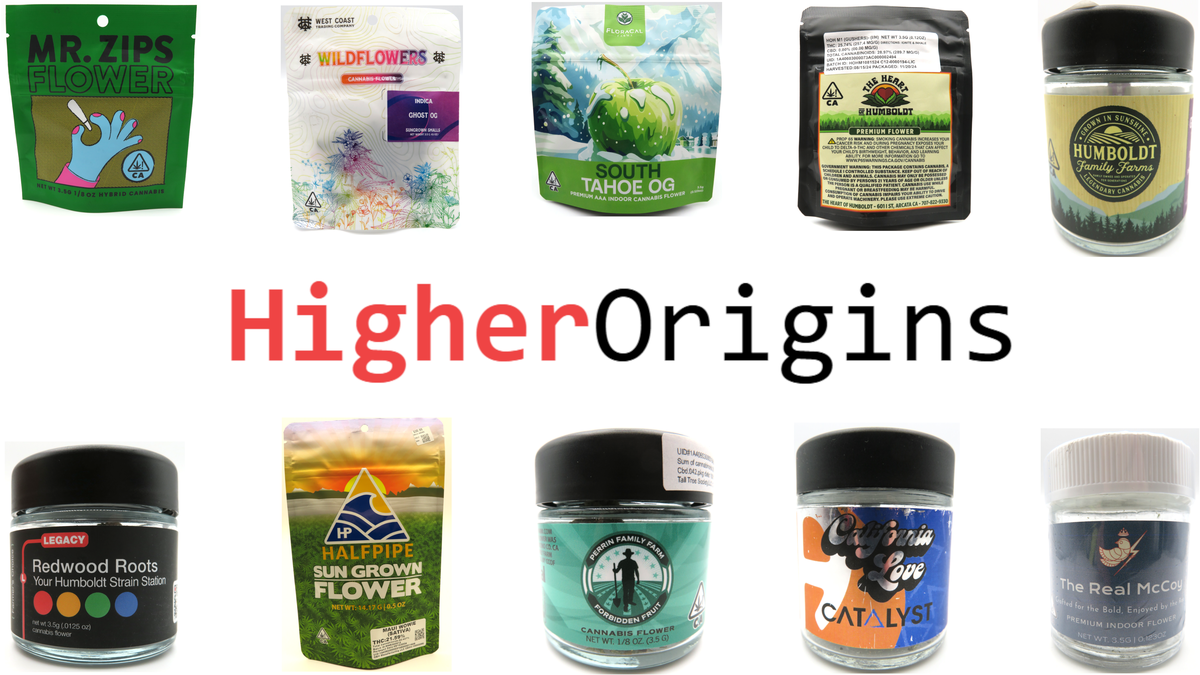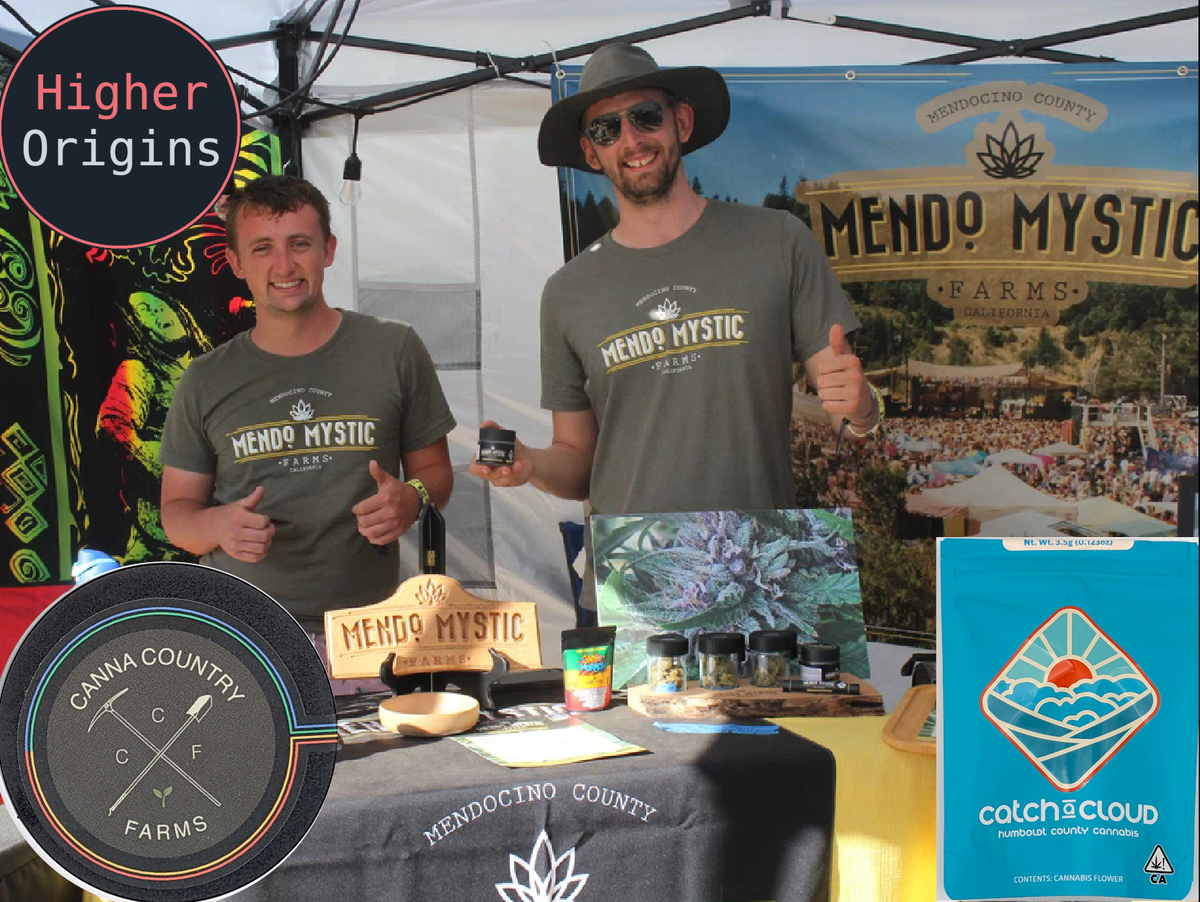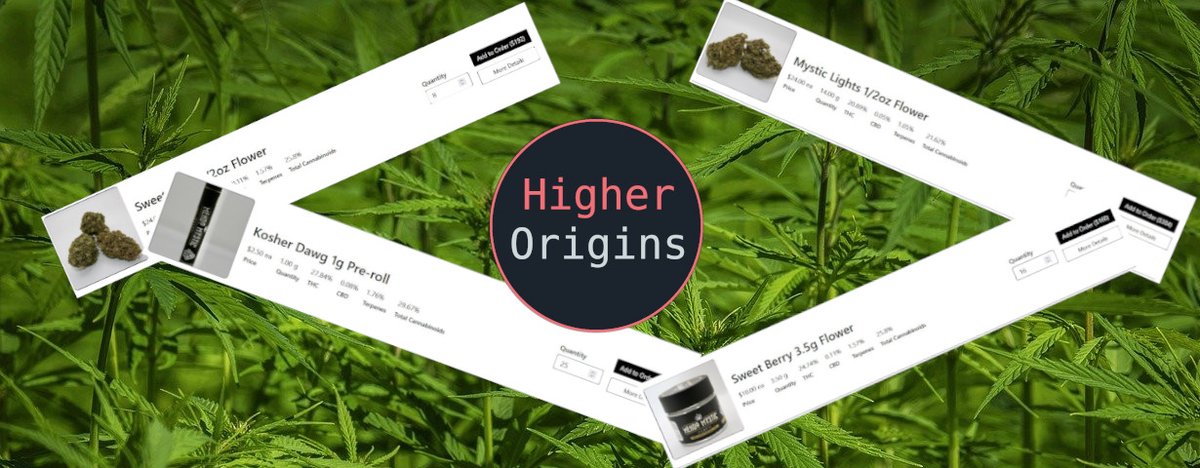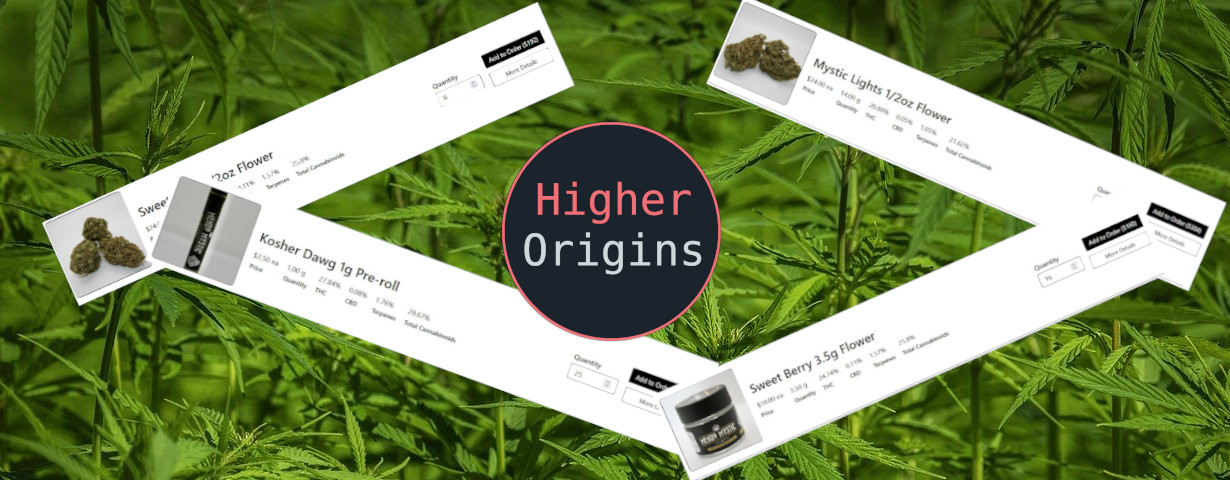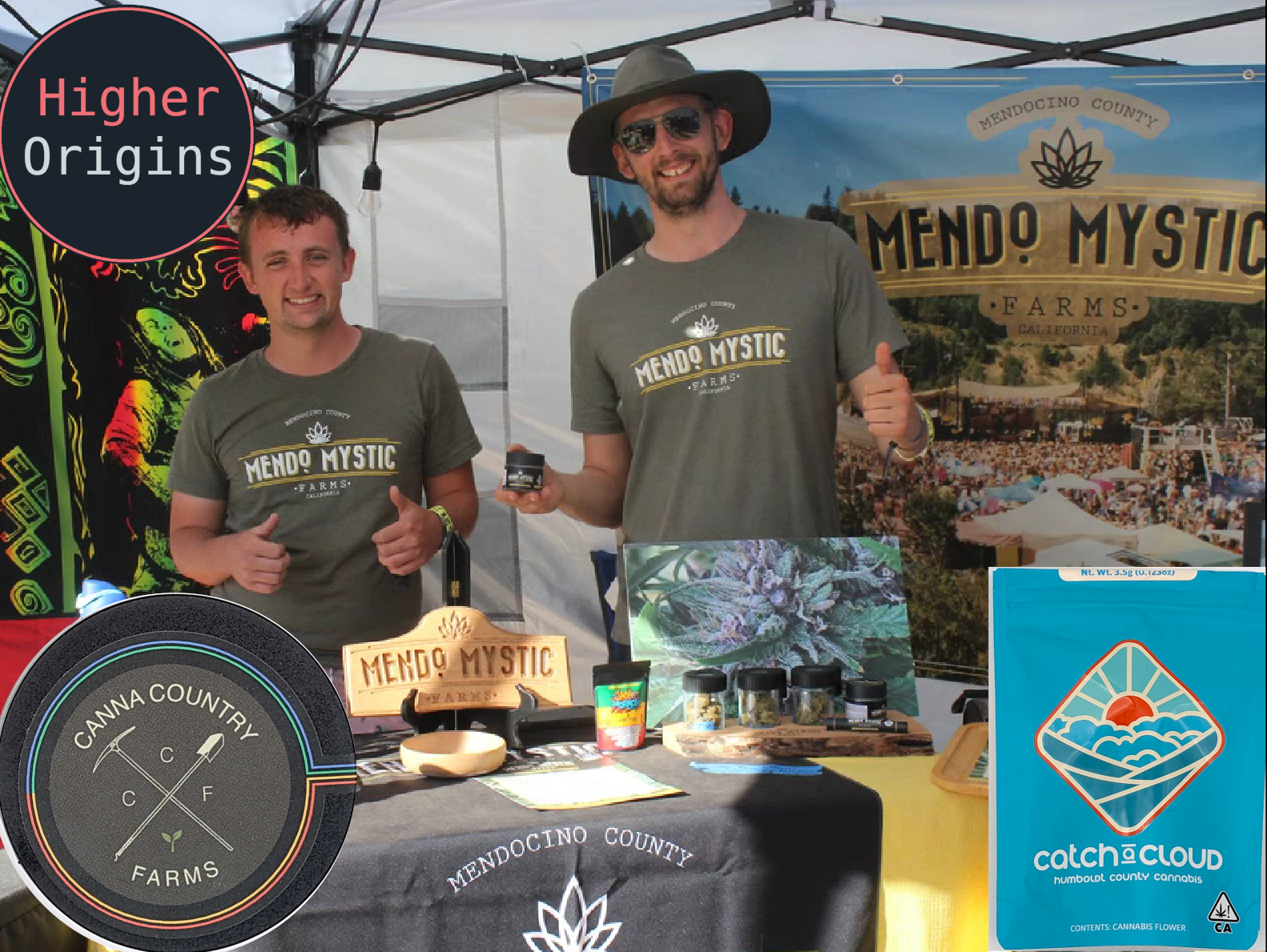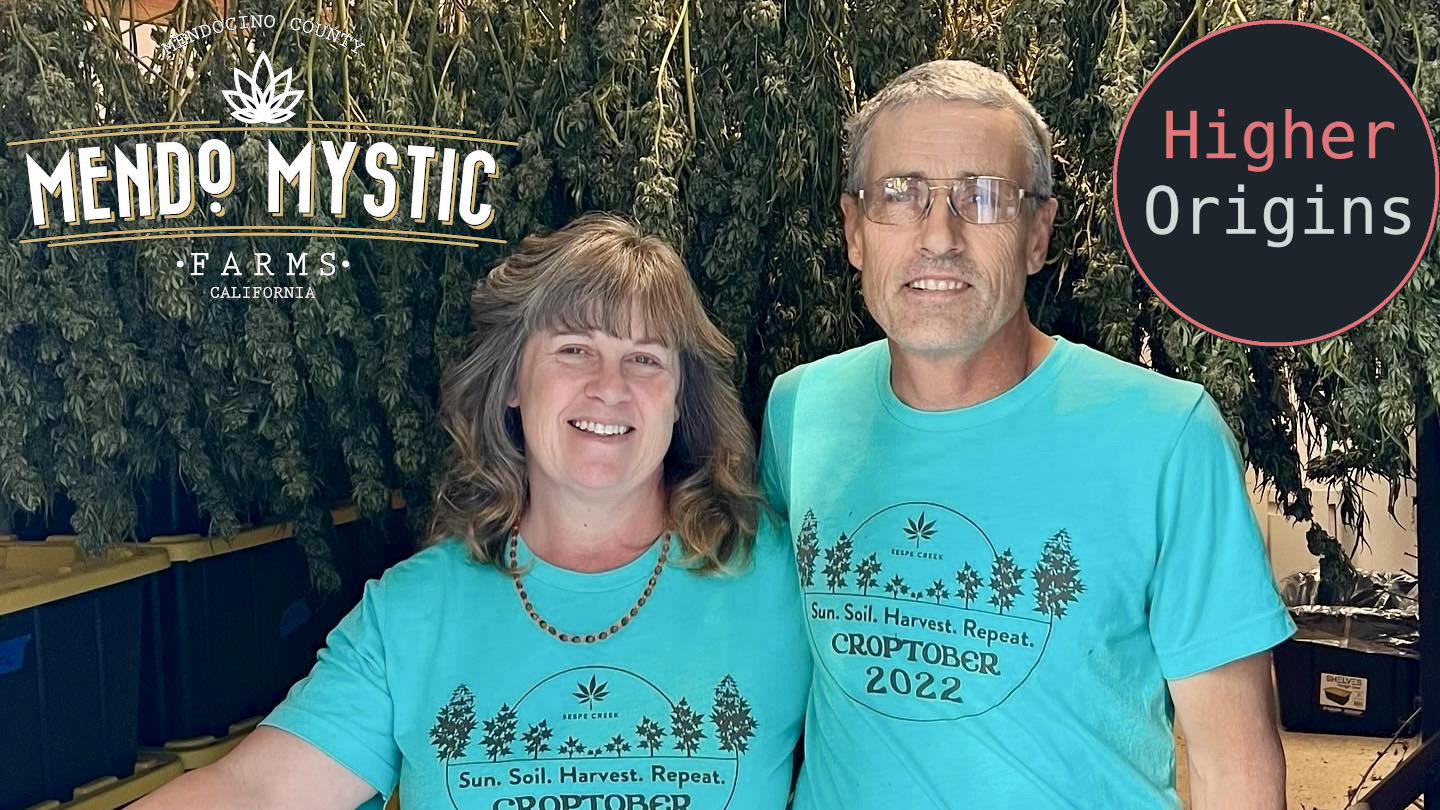Recently we sat down with Eric Edgerton, owner of Tilth Farms, a small cannabis farm located in the Eastern Sierras in rural Mono county.
Thanks for joining us today Eric! Let’s start at the beginning: what brought you into this industry, and how long ago was that?
I grew up in Southern Michigan surrounded by agriculture, and popped my first seed when I was 15 years old. I had tons of hands-on experience with growing things, from vegetable gardening to working on golf courses. I was a passionate skier, so I moved to Lake Tahoe to pursue skiing. Pushed by my parents to have something to fall back on if professional skiing did not work out, I enrolled at Michigan State University, studying plant and soil sciences . After graduating, I immediately moved back to Tahoe, only to suffer serious injuries in a ski accident. During my multi-year recovery, I found anxiety and pain relief through cannabis use. I was very intrigued with these positive effects that I was experiencing from cannabis. I was a Nevada resident at the time, so I enrolled in the State of Nevada’s new medical program, which allowed me to start growing legitimately.
During the 2008 economic downturn, I lost my job as a golf course superintendent. This is when I went all in on cannabis, and began consulting with cultivation within California. I found a soft landing in the cannabis industry. Most of my consulting work was with indoor operations in Southern California, where I helped people improve the consistency and quality of their crops. Realizing that my talents were turning unsuccessful grows into profitable operations, I decided to start my own operation. I bought my first farm in El Dorado County in 2010 and started growing cannabis under the local medical ordinance. It was small scale, yet it was a great platform for the legal transition process that the State was creating. Unfortunately, El Dorado didn't move forward with legalization immediately. Wanting more, I returned to Nevada when they started to release licenses for recreational operators. Unfortunately, I wasn’t able to secure my own place of business, so I worked for an up and coming company, where I designed and built their operations. As that project came to a close, my sights were on my own business.
California was now moving forward with application and licensing opportunities, and I met with local officials in Mono County California with the intention of starting a farm there. The County staff I met with were very excited about job creation in their area, and I showed them my business model which reflected the county's goals of promoting agriculture and tourism. They rolled the red carpet out for me. They were excited with the potential, and I worked hard over the next year to help them develop their regulations. I would say I was the pioneer for cannabis in Mono County, for better or for worse. It involved a lot of political outreach, boots on the ground and educating people on the benefits of cannabis. I voiced the angle of agricultural, tourism and economic development, promoting a winery-style model allowing vertical integration.

The plot of land that would soon become Tilth Farms
Given your experience in agriculture before you worked in cannabis, how was the industry different from what you were used to?
Coming from traditional horticulture and agriculture to the cannabis industry was very exciting. The cannabis industry was different because there was still a lot of secrecy and limitations. People were still a little uncertain if they should speak up and advance the cannabis industry. Nobody talked about their cannabis growing experience and knowledge, and it was all really undercover. People were still getting in trouble for growing, especially in Nevada where they had more severe punishments, so you had to be very quiet and strategic.
It was hard to get good genetics. Very little research had been done on the cannabis plant at the time. There were a lot of misconceptions and incorrect information. In horticulture and Ag there are usually university trails and research being conducted on plants and their growth habits. , so data was readily available for traditional plantings. None of that was available for cannabis though, so you had to do a lot of trial and error to find what you were looking for. I could get a few clones through friends, but I only had my own small operation and had to be careful that whatever I brought in didn't introduce pests to my crop. I had friends who would grow in Humboldt in summer and come to Tahoe to ski all winter. Once I talked with them, I realized how different my region was to the Emerald Triangle.
Do you have a signature strain variety and if so, what’s the story behind it?
Early on, I was always making time to attend CCIA events and State regulatory meetings. It was a great platform to network with people in the industry. Nat, owner of Humboldt Seed Company, was one of those generous people who early on was not shy to help others and advance the industry. He gave me some seeds called Sweet Chariot that he thought would do well in the unique environment that my new farm in Mono County offered: high elevation, arid climate, and high UV light. When we seeded it in large test plantings, the seed lot had a lot of diversity, and we found one plant that had good structure and height. I like to grow plants no taller than 8 feet because they are more manageable. It had a delicious grapefruit IPA smell, and the cold nights on the property caused tremendous purple and pink hues in the flowers. After testing, it came back with over 30% THC, which checked most of the boxes for both myself and the distributors. We renamed it Sweetwater after the mountain range our farm sits at the base of. We’ve been selling it in 8ths and prerolls for 3 years. This 70/30 sativa/indica is one of my favorites!

An impressive cola of the Sweetwater strain
What's the number one advice you’d give to a struggling farm at the moment?
I wish I had a crystal ball! If I knew, I’d be doing it. The way I survived to this moment was by downsizing, diversifying, and doing much of the work myself after the wholesale price of cannabis crashed. I also went out and found employment to get through the lean times. Ultimately it's a labor of love, and you’ve gotta be persistent. Try to build a well rounded team- if you’re a good grower, you might not be good at marketing or finance, and you need a team to move forward. That's where bigger companies might have a leg up- they have the resources that allow them to build a team to make their business flow more efficiently and profitably.
What makes the environment of your farm special? Most people are growing in the coastal mountains, but you’re in the high desert, how have you adapted your crop and methods to that environment?
We’ve always said that what sets us apart is our unique environment. Our area is very similar to the regions in Afghanistan and Pakistan where some of the cannabis varietals originated. The snow melt from the Sierra Nevada mountains provides the farm with fresh cold mountain runoff, so the farm has an abundance of fresh water. With my first farm in the El Dorado County winery district, I was constantly battling diseases and pest pressure. Here in Mono County I haven’t experienced that. The warm days and cool nights keep the pests and disease well below my tolerance level. We get hard freezes November through March, which kill off most insects. I can typically handle what few pests we do have with beneficial insects.

Tilth Farms buried in snow over the harsh Mono County winter
It’s extremely different growing at elevation in the high desert, but growing at 5380’ makes it special. The arid climate, high UV light, warm days, cool nights, and afternoon zephyr winds all make for a unique growing environment with a 130 day growing season. The conditions vary from one side of the Sierras to the other. The West slopes experience tremendous moisture, while here on the East slope, our farm experiences a rain shadow effect and gets minimal moisture.
In the first few years we did a lot of experimentation to find plants that made me happy as a grower and distributors happy as well. Nat at Humboldt Seed Company helped us out with various seed lots. All of my planting was from seeds. I did large seed lots and looked for the plants that did well in the environment. You can get a lot of genetic variation from 500 seeds. Interestingly enough, genetics that were more moisture sensitive and would rot on the coast excelled here. Our farm's weather patterns are comparable to the regions in Afghanistan and Pakistan where these plants were grown historically. We tried to source plants that came from that region, but even the strains that are purported to be from that region of the world don’t always do good. Some of these strains are also not the distributors’ first choice, or their size and stature do not meet my needs. I have seen genetic fading in some plants that we have continually propagated on our property. This fade is most evident when compared to tissue cultured plants I've brought in from nurseries that propagate them. These plants have blown us away with their vigor.
At first we didn’t have a lot of capital, so we did a lot of open field planting, but then realized we needed some infrastructure to protect the plants from wind, freezes, and dryness. I have continually put any revenue into optimizing our infrastructure. As the market has gotten more and more competitive, offering consistent and high quality products has become paramount. At the beginning I started with a growing area just under two acres. Currently we’ve downsized significantly to a 14,000 sq foot gutter connected hoop house.

The initial ground preparation for Tilth Farms
Once we went inside under plastic, we observed an increase in pests. The input to my IPM program increased significantly, which we didn’t really need before in the outdoor environment.
The property experiences very low humidity, at times in the single digits, often requiring me to manipulate the relative humidity. Wetting the floors of the greenhouse helps. Using a potting mix that has a high water holding capacity keeps an adequate water reserve for the plant's elevated transpiration rate. The drying area needs added humidity with humidifiers or simply wetting the floor.
Early on I did direct plantings in the field, but heavy metals were detected in plant lab tests, so I had to convert to above ground pots and import potting mix. Even though heavy metals are normal in California soils, cannabis is an amazing plant and accumulates metals easily so it becomes a problem. The high desert winds are a factor, and limit the height of our plants. We put up windbreaks around the farm, and when plants grow to the height of the wind break, the winds hit them and the plants then redirect all of their growth laterally. I call it wind pruning.

Have you ever met someone who has bought your product from a dispensary? Did they have any feedback for you?
We have a local dispensary that has done really well with our product, since we have a lot of tourists visiting the Mammoth/Lake Tahoe Area. Guests visit and they want the local flavor. With our Sweetwater strain, we’ve had people from the San Francisco area email and reach out to ask us if Tilth products are available in their area because it’s so unique. Getting positive feedback from the end user is very gratifying.
What kinds of challenges have you had to overcome?
Challenges are not lacking in the cannabis industry. Complaints from neighbors, scrutinized product, distributors not paying. Weather. Logistics of transporting products. Excessive banking fees. Lack of capital. Excessive taxes and permit fees. Time away from family.
What is your take on the perceived struggle between large well funded growers vs small growers in the industry?
I think the industry is struggling everywhere at this point, even the big guys, but they have a cushion of capital, which gives them opportunities to scale more efficiently. The big growers are setting wholesale prices since they have the production scale. They’re hedging their cost by buying material in bulk, adding automation to decrease labor, building infrastructure to maximize yields and quality, and vertically integrating. They have investors, but for me, it's my money, I had to earn it. Not being able to afford to hire a team to handle different parts of the business is a big obstacle. It's tough to network and market as a small farmer without a team- the plants don't take a day off, and time is precious, so you’re also trying to spend time with your family and catch up with your life. I think there is a market for the small growers, but the fees and taxes have held everything back, although we’re seeing very slow progress there. There were a few rule changes that allowed us to stay afloat this year. We still need more change though, it may be that small farmers can get access to direct sale, and have that connection to their consumer. Distros may start having a more limited use. There’s a lot more that needs to be done to build industry accountability and the necessary requirements for people to operate a business- it's just common sense.

Why do you continue to grow?
Sometimes I ask myself that, I don’t know why I keep doing it, I guess it’s a labor of love.
What’s the most ridiculous thing you’ve seen in your time as a grower?
I thought it was ridiculous that I was required to do an environmental study to grow cannabis on ag zoned land, even the environmental consultant we hired for it was scratching her head! The CEQA was ridiculous and expensive and not required for traditional farming. A lot of the process we went through was over the top.


